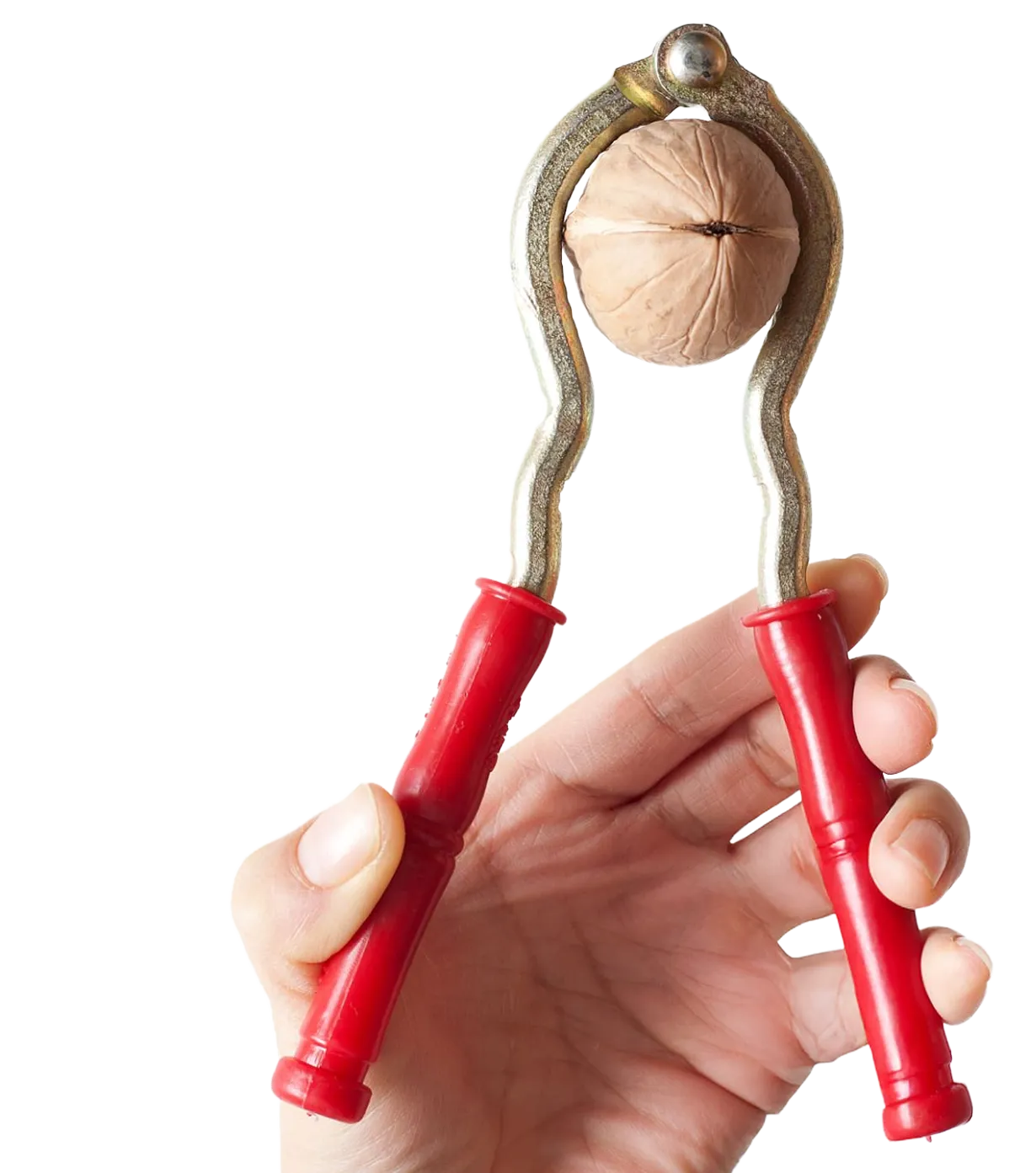Cannabis SEO That Unlocks Your Dispensary's Growth When Other Channels Fail
When Traditional Marketing Fails, We Help Cannabis Dispensaries Thrive
Free 30min Strategy Session
In a Nutshell:
Strategic SEO Brings More Customers Directly to Your Dispensary
In an industry where advertising is restricted, cannabis SEO is your most reliable path to new customers.
What To Know
We help dispensaries overcome marketing limitations by building sustainable organic search visibility that drives qualified local traffic directly to your store. Our proven approach balances compliance with growth, delivering measurable results when other marketing channels fail.






.webp)

Your Customers Are Searching (But They Can't Find You)
While other businesses freely advertise anywhere, you're stuck navigating an obstacle course of rejections. Your Facebook page vanishes. Google bounces your ads with vague "policy violations." Payment processors drop you without warning.
The real kick? People want what you're selling. They're searching "dispensary near me" on their phones. They're researching strains and products. They want to find you, but they just can't because Google is showing them your competitors instead.
Why? Because while you've been fighting with advertising platforms, your successful competitors have mastered the one marketing channel that works reliably for cannabis: organic search.
Unlike ads that vanish when you stop paying, SEO creates a sustainable advantage that grows stronger every month. It's like planting seeds that grow into a permanent customer acquisition machine.
We've helped dispensaries turn these frustrating marketing barriers into growth opportunities by focusing on the approach that lets cannabis businesses thrive without arbitrary restrictions.

The Stats Don't Lie: 89% of Your Future Customers Are Already Looking For You
Take a look at these numbers:
- Research from Chronic Guru shows 42% of frequent cannabis shoppers research dispensary menus online before making purchases, indicating informed decision-making among consumers.
- Local search drives dispensary discovery, with consumer research showing 60% of cannabis users prefer purchasing from local dispensaries
- According to HubSpot research, 75% of searchers never click past the first page of results
- The average dispensary visitor spends $71 per transaction according to Dutchie data from late 2024
These aren't just statistics, they're real people walking past your door because they can't find you online.
We helped a Las Vegas cannabis dispensary go from zero page-one keywords to over 110 keywords ranking on the first page of Google. That included a strong mix of product terms and high-intent local searches. As rankings climbed across the board, their visibility soared, helping them outshine every competitor in a crowded market. It's a great example of what focused, strategic SEO can really do.
Unlike advertising, that disappears when you stop paying, these results continue to build over time.

Imagine Being the Dispensary Everyone Actually Finds
Picture this: Your store appears at the top whenever someone nearby searches for cannabis products, with eye-catching photos and genuine reviews.
Your Google Business Profile generates a steady flow of direction requests, phone calls and website visits from people actively planning their dispensary visit.
Your staff regularly hears "I found you guys on Google" from new faces, many becoming regular customers.
Instead of depending on third-party platforms charging premium fees, you own your digital presence. New customers find you directly, without middlemen taking a cut.
Wouldn't that be a game-changer? Having a marketing channel that works consistently without fear of getting shut down?


The RankScience Advantage: Breaking Through Where Others Fail
We've cracked the code on cannabis SEO through years of working specifically with dispensaries. Our approach addresses the unique challenges you face with a methodology that delivers actual customers to your door.
.svg)
Hyperlocal Research That Matches Real Customer Behavior
We dig into how your potential customers search in your specific area, uncovering neighborhood-specific terms and local intent signals your competitors miss.

Solutions That Balance Compliance With Visibility
We make sure your age verification systems satisfy legal requirements without creating barriers for search engines. Our technical approach creates site architecture that properly segments content, improves loading speed and optimizes for mobile searches.

Content That Connects Without Crossing Compliance Lines
Our content strategies navigate regulatory boundaries with precision. We create neighborhood-focused pages, educational resources and local culture content that strengthens community connections – all while staying compliant.

Cannabis-Friendly Link Building That Actually Works
We've developed specialized approaches through relationships with industry publications, local businesses and complementary cannabis companies. These connections generate the authority signals that help your dispensary stand out.
.svg)
Clear Reporting That Shows Real Results
No mysterious "SEO scores" here. Our reporting tracks traditional SEO metrics like keyword rankings, organic traffic growth and page authority – but we go further by connecting these to actual business outcomes. You'll see exactly how your efforts translate to business growth – from SERP visibility and clickthrough rates to store visits, phone calls, direction requests and revenue attribution.



Schedule a Consultation Before Missing Another Day of Opportunities
Every day your dispensary remains invisible means people actively looking for what you sell are finding competitors instead. The cannabis market isn't getting less competitive, and dispensaries establishing strong search visibility now will enjoy advantages that become increasingly difficult to overcome.
Schedule your free 30-minute strategy session today. We'll analyze your current search presence and identify specific opportunities to improve your rankings. You'll walk away with actionable insights, whether you decide to work with us or not.
Stop letting arbitrary advertising restrictions determine your success. Start building a sustainable digital foundation that no platform can take away.

Ready to Transform Your Growth? Let's Talk
Stop leaving money on the table while your competitors capitalize on traffic that should be yours. Schedule your free 30-minute strategy session now.
No generic advice. No cookie-cutter strategies. Just practical insights based on 12+ years of helping enterprises like yours unlock organic revenue.
Click below to reserve your slot. We offer these strategy sessions to provide meaningful value to each potential client.
.svg)
Frequently asked questions
Cannabis businesses face unique marketing restrictions that mainstream businesses don't encounter. Specialized search strategies provide sustainable visibility without depending on restricted advertising channels.
- Avoids account suspensions and policy violations
- Builds authority that competitors can't easily match
- Creates a sustainable asset that grows over time
Most dispensaries see measurable improvements within 1-2 months, with significant traffic increases around months 4-6. RankScience clients typically achieve positive ROI within 6-9 months, with results that continue compounding over time according to industry benchmarks.
RankScience develops content with a strong awareness of regulatory boundaries.
- Creation process considers compliance standards
- Avoids prohibited health claims
- Uses strategic language that educates while respecting limitations
- Focuses on educational material that attracts customers safely
Yes! With proper local SEO implementation, your dispensary will appear in both standard results and Google Maps. RankScience's approach enhances visibility through:
- Google Business Profile optimization
- Local content development
- Structured data implementation
- Review management strategies
Absolutely. RankScience implements hyperlocal strategies that help dispensaries appear for searches in neighboring areas through:
- Area-specific landing pages
- Content about local landmarks and venues
- Neighborhood targeting signals
- Community-focused content development
Cannabis SEO requires navigating unique challenges including advertising restrictions, compliance requirements, and platform policy challenges that general SEO doesn't address, according to Cannabis Business Times.
Our cannabis SEO services include a comprehensive approach tailored specifically to your dispensary's location and target market:
- Complete technical site audit and optimization
- Custom content strategy focused on your local market
- Google Business Profile enhancement and review management
- Monthly performance reporting with clear ROI tracking
- Regular strategy adjustments based on algorithm changes and market shifts
- Dedicated account manager with cannabis industry expertise
.svg)
.svg)


RankScience LLC
2443 Fillmore St #380-1937,
San Francisco, CA 94115
© 2025 RankScience, All Rights Reserved
